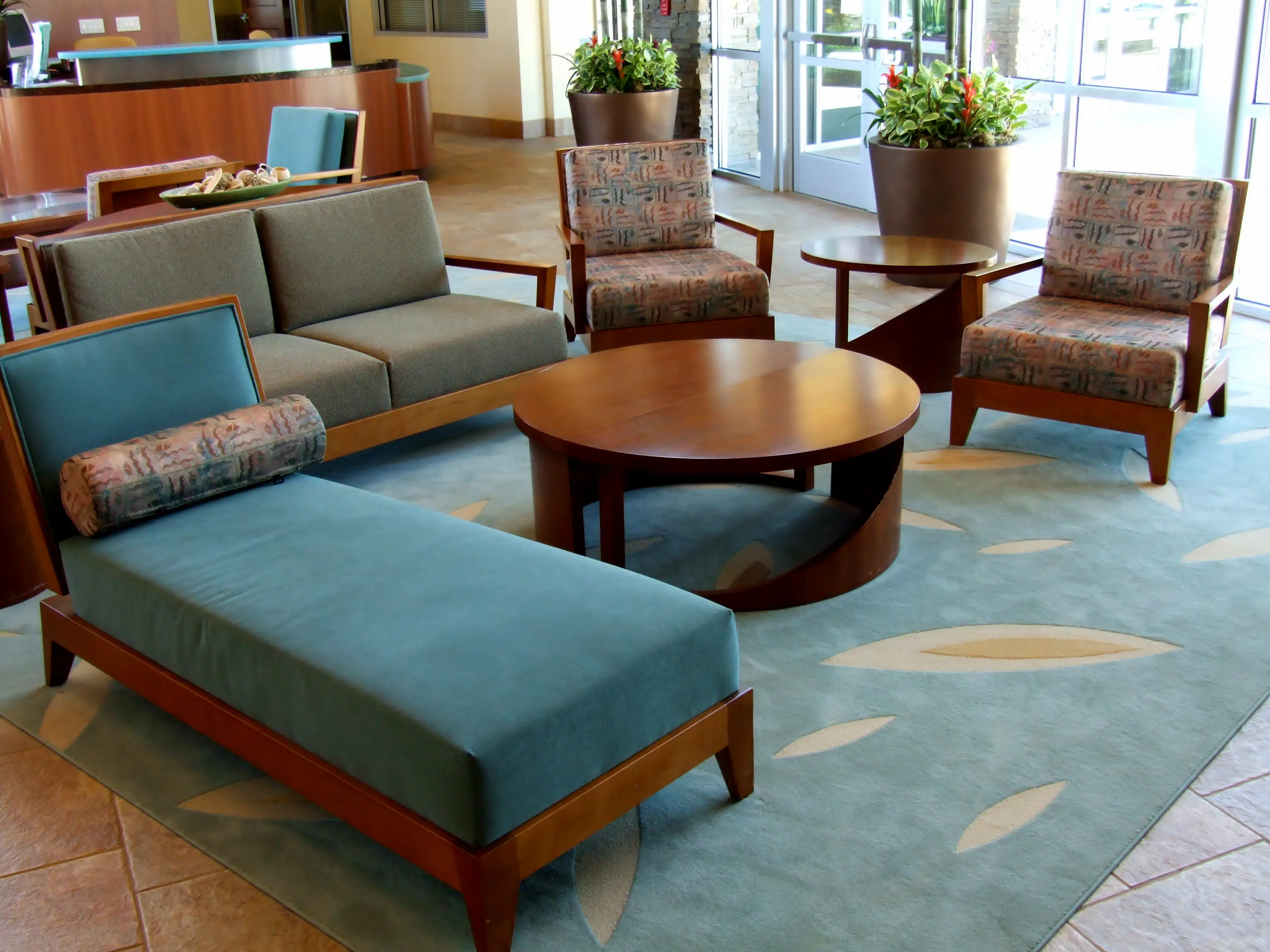To ensure that a person feels comfortable in their apartment, it’s essential to organize the space tastefully and conveniently. This doesn’t mean you need to fill your home with expensive furniture or cover every surface with carpets and paintings. You can enhance a room with affordable drapes and curtains, and instead of traditional artwork, consider hanging prints, engravings, or shelves adorned with local ceramics or porcelain. However, the most important aspect is that the apartment should be clean and orderly.
A home will appear more attractive if you choose the right colors and patterns for the wallpaper.
**Wall Painting.** The most economical option is to paint the walls with adhesive paint. However, adhesive paint should not be used in kitchens and bathrooms; for those areas, either oil-based paint or tiles are recommended. Wallpaper, like adhesive paint, is inexpensive; it’s easy to apply and doesn’t require much effort or time, making the living space cozier.
Rooms painted in light colors tend to look larger. If a room receives plenty of sunlight, light wallpaper is less likely to fade. Recommended shades include beige, light blue, light green, and golden hues.
For rooms with high ceilings, paint should extend to the top edge of the window frame, while in rooms with lower ceilings, it should reach all the way to the ceiling. Wallpaper should be subtle, and patterns should be small to create a sense of tranquility.
In the kitchen, it’s advisable to paint the walls with blue oil-based paint. The hallway can be adorned with light wallpaper in golden or beige tones.
Lighting. Proper lighting affects productivity, well-being, and eye health. It shouldn’t be too harsh, but it must be bright enough to read or perform tasks without straining your eyes.
Diffuse light throughout the room creates a sense of monotony, while areas that are partially illuminated or shaded give a sense of depth to the objects in the room. Sharp transitions from bright light to deep shadow or even to half-shadow should be avoided.
Light fixtures that emit harsh light should be slightly shaded. It’s recommended to use frosted or milky bulbs.
Types of lighting: a — directed light; b — diffuse light; c — reflected light.
The intensity of lighting depends on the brightness of the bulbs and the colors of the walls, ceiling, and furniture. Light surfaces reflect more light than dark ones. Surfaces with a reflectivity of over 50% are considered light; those reflecting less than 20% are dark.
When choosing colors for painting (or wallpapering) walls, or when purchasing curtains and drapes, you can refer to a color chart.
Room Lighting. In room lighting, light can be directed, diffuse, semi-directed, or reflected.
Directed light primarily illuminates a specific area of the room, creating very sharp shadows. In an apartment, this type of light can only be used if the light source is hung high.
Diffuse light spreads in all directions; it creates soft shadows and doesn’t cause glare. This type of lighting is used in living spaces and some common areas. For this lighting, frosted bulbs or shades made of translucent materials are used.
Semi-directed light softly illuminates the lower part of the room while effectively lighting the ceiling, which then reflects light throughout the space. This type of light creates soft shadows and is not glaring.
Reflected light directs beams only onto the ceiling, from where it disperses throughout the room. It’s used where very soft light is required.
A chandelier or lamp with a shade is connected to the ceiling socket. In utility rooms, a lamp with a glass shade (or globe) is attached to the ceiling socket. Such fixtures provide mixed lighting—partially directed and partially diffuse, making them suitable for small to medium-sized rooms. In larger spaces, it’s preferable to use fixtures that provide reflected light directed at the ceiling, which then disperses throughout the room. However, this type of lighting is less economical, as it requires a more powerful bulb or multiple bulbs.
For living rooms, chandeliers or lamps with shades are most commonly used. These fixtures provide partially directed and partially reflected light. Typically, chandeliers have a switch that allows bulbs to be turned on in groups (two, three, or five), which is convenient and economical for everyday use.
The color of the shades should not be dark; patterns or designs on the shades are undesirable. It’s best to avoid shades with fringes, as they absorb a lot of light and collect dust.
Chandeliers and lamps should be hung at a height where the light doesn’t shine directly into your eyes. A desk lamp should be positioned so that the light falls on your work.
In the kitchen, lighting should be strong, and the light should be diffuse. For this purpose, glass shades (domes), globes, or ceiling fixtures are used.
The hallway is best illuminated with wall-mounted lamps—sconces. If there’s a mirror in the hallway, the sconce should be placed above the mirror.
Typically, a corner of the room is designated for reading, where it’s nice to place chairs and a coffee table. In this case, it’s best to illuminate the reading nook with a floor lamp.

